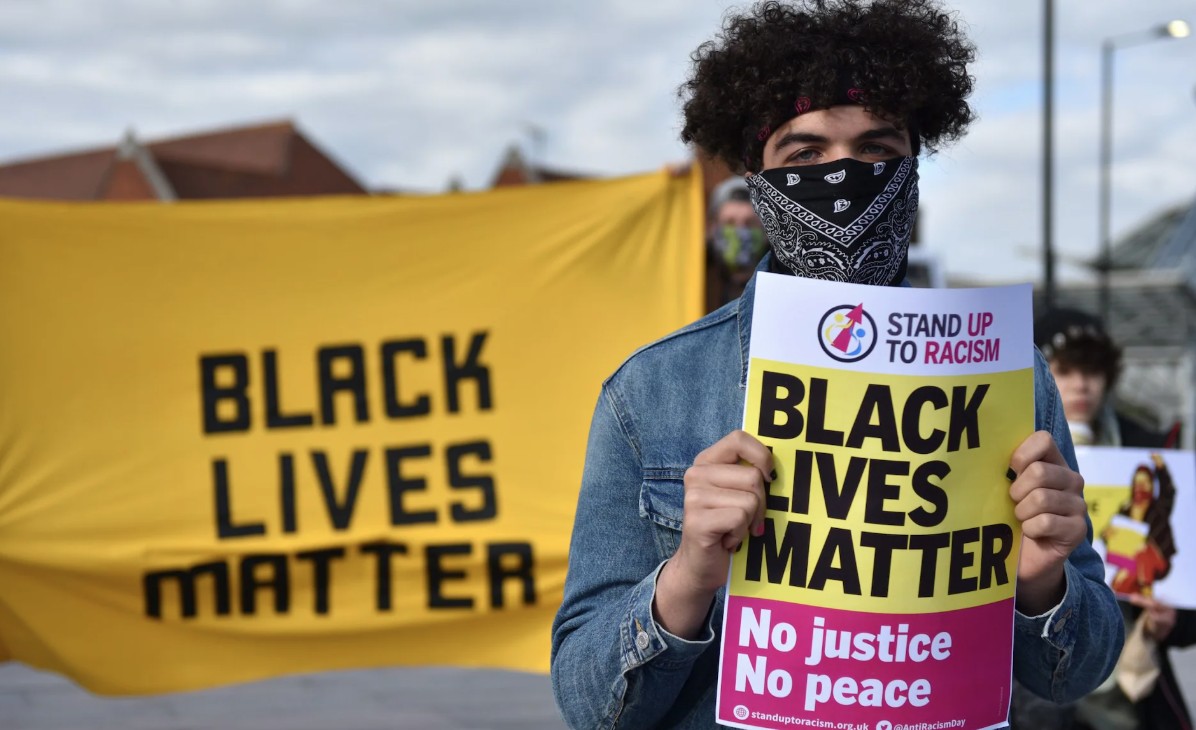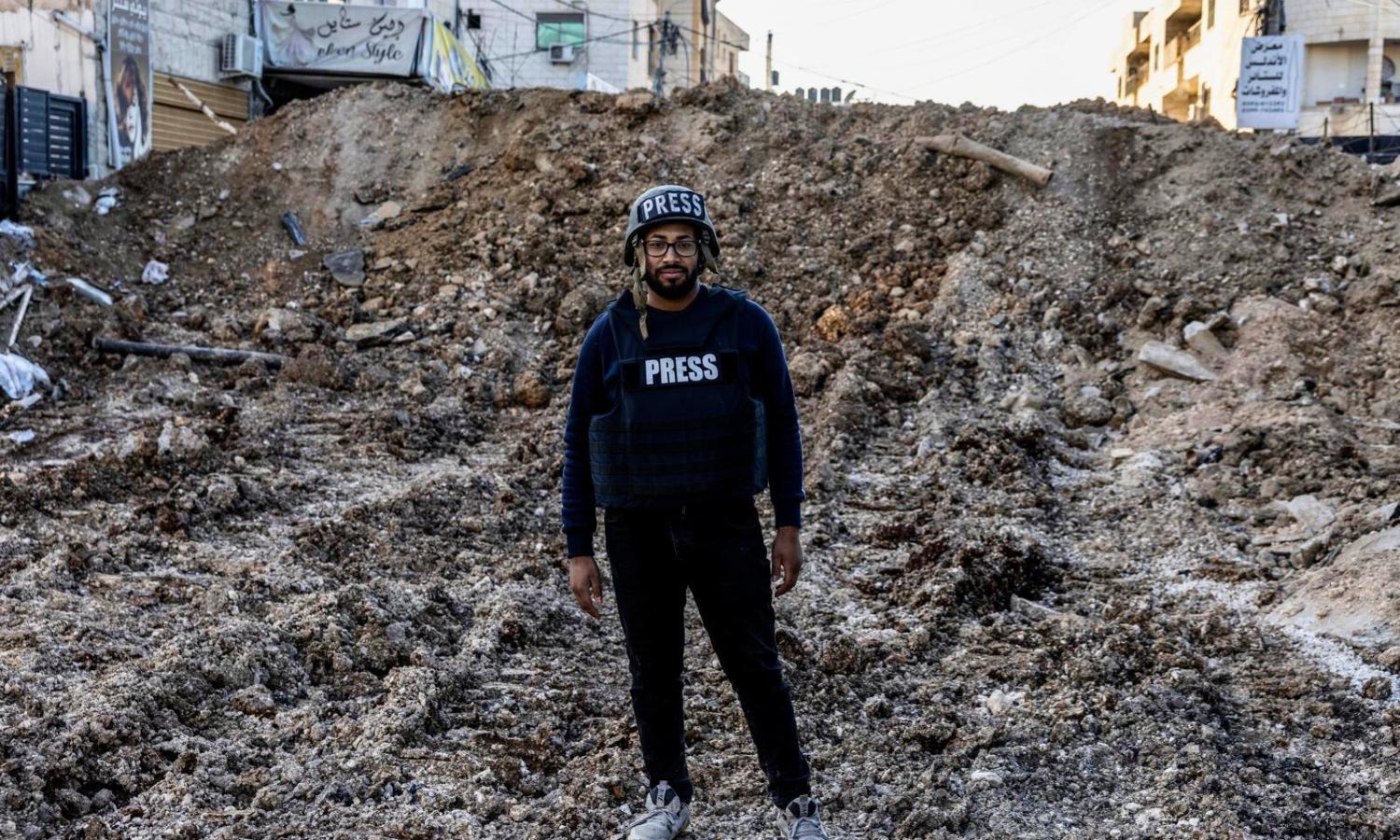
BBC Bans “Black Lives Matter” T-shirts for Reporters in Newsroom
October 20, 2025
Inter American Press Association (IAPA) Assembly Concludes with Strong Warning of Growing Hostility Against Journalism in the Americas
October 20, 2025October 21, 2025 – Palestine –
As the conflict in the Gaza Strip enters a new chapter, journalists based in the West Bank are increasingly vocal about the threats to their work and safety. The Reuters Institute for the Study of Journalism reports that media professionals operating in the occupied territories are facing intensifying restrictions — from denial of access, to targeted harassment and legal and physical risks.
These journalists describe a shrinking space for reporting: while covering an area in evolution, they are confronted with the enforcement of military-style controls on movement, heavy surveillance, and a growing sense that their roles are under direct threat. Some emphasize that the worldwide attention on Gaza has left West Bank media workers isolated — both logistically and in terms of institutional support.
One major concern is the informal classification of journalists as security risks: several reporters note that their credentials and work are increasingly treated as liabilities rather than protections. They describe being prevented from reaching scenes of significance, barred from documenting key military and settler-related activity, and having their equipment confiscated or destroyed. The result is a hollowing out of independent journalism in the region.
These constraints come at a moment when accurate, on-the-ground reporting is particularly vital. With Gaza’s future uncertain and West Bank dynamics shifting rapidly, the ability of local media to serve as watchdogs for their society is under severe strain. The Reuters Institute highlights that this weakening of local journalistic capacity risks creating knowledge gaps, reducing coverage of crucial events, and allowing power to avoid scrutiny.
Journalists also express a sense of abandonment: unlike foreign correspondents with institutional backup and logistic channels, many Palestinian reporters feel unsupported and vulnerable. The shift in the operational environment — moving from immediate frontline coverage in Gaza to constrained reporting in the West Bank — has not been met with equivalent safety or access frameworks.
In sum, as the Gaza conflict transitions into a new phase, the local media ecosystem in the West Bank is facing a critical juncture. Press professionals there contend with shrinking access, rising threats, and diminishing support — all while the global news gaze remains fixed elsewhere. Without urgent attention, the region risks losing vital voices and on-site reporting capacity at a time when they are most needed.
Reference –




